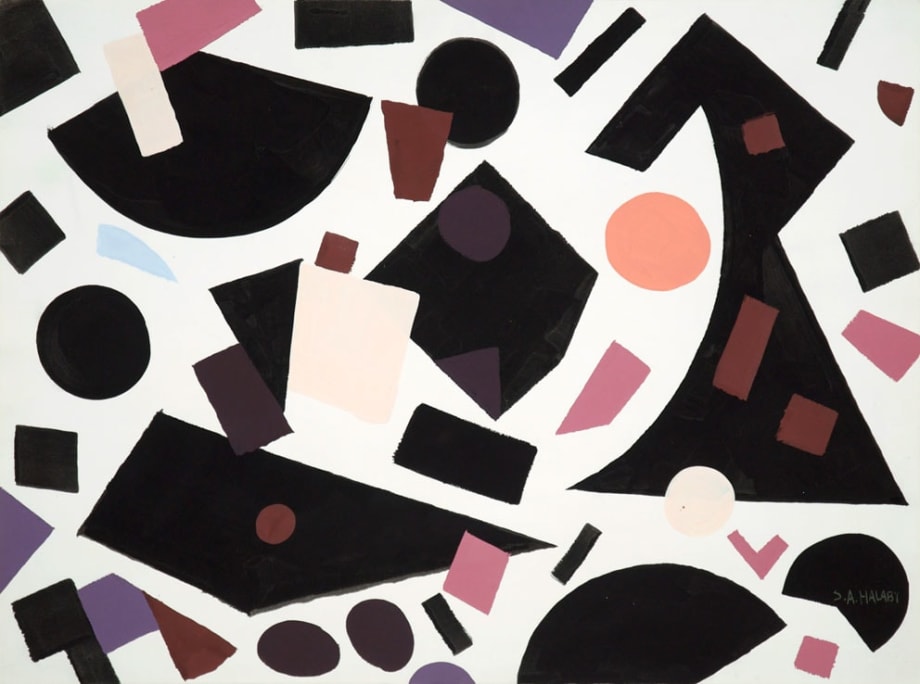Modern-day paper forms are traced back to first-century Chinese official Cai Lun, who revolutionized how it is made. However, some historians claim that Cai Lun’s invention arrived in the Middle East during the eighth century, after Abbasid forces captured Chinese papermakers in present-day Kazakhstan. Utilized in the Middle East since then—for example, as an essential surface in Islamic art—paper has provided painters, draftsmen, and printmakers with endless image-making possibilities, thus shaping a significant subcategory of the region’s art history.
In the Footsteps of Cai Lun II: Selected Works on Paper assembles a group of painters and artists who have used drawing and printmaking as primary media. The exhibition features Tammam Azzam, Nihad Al-Turk, Mohammad Bozorgi, Thaier Helal, Samia Halaby, Athier Mousawi, and Faisal Samra. Through the included works, viewers will discover how drawings, whether created with graphite, charcoal, pastels, or monoprint techniques, rely heavily on the delicate yet sturdy material qualities of paper, a surface that, although unassuming, has a presence on its own, often through texture.







